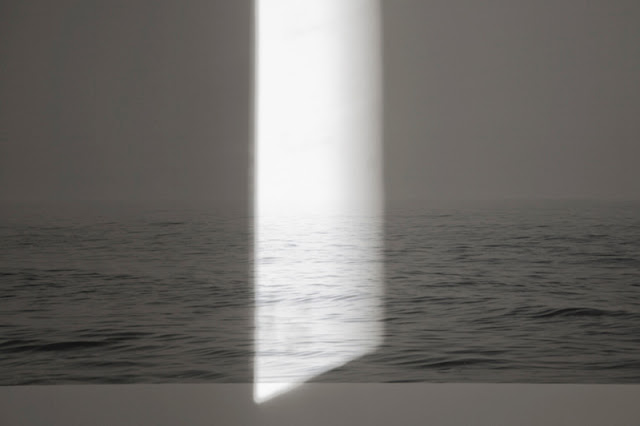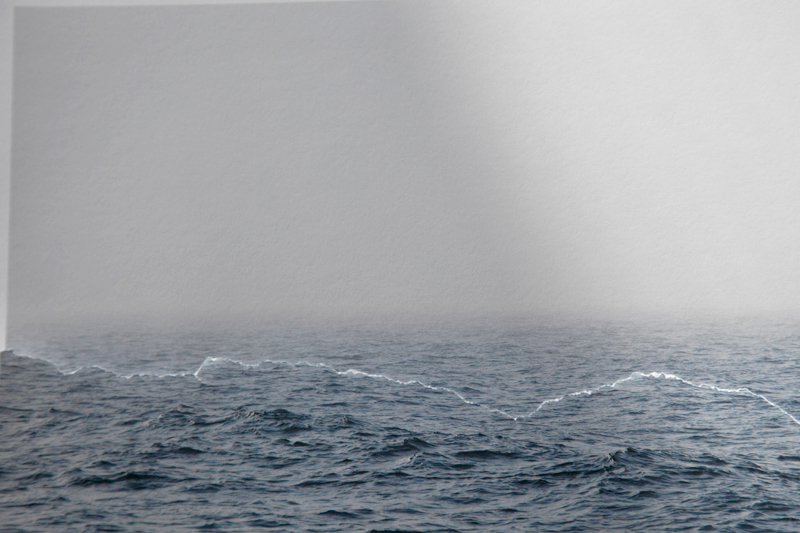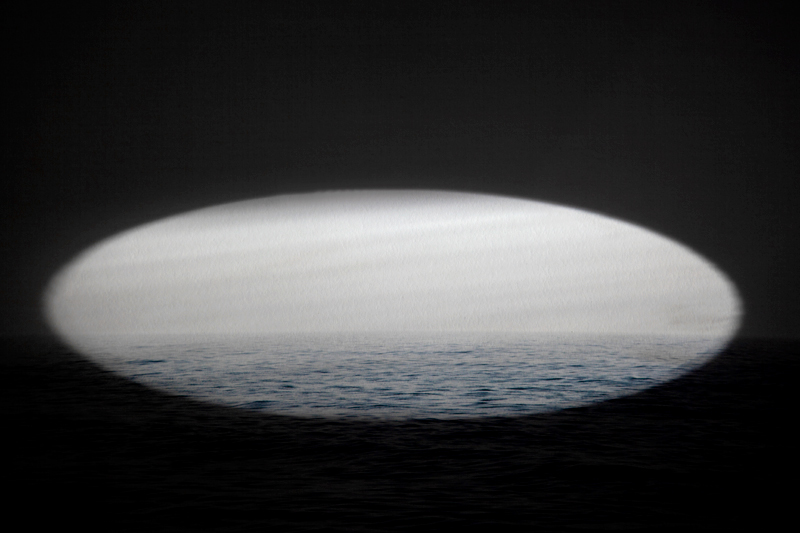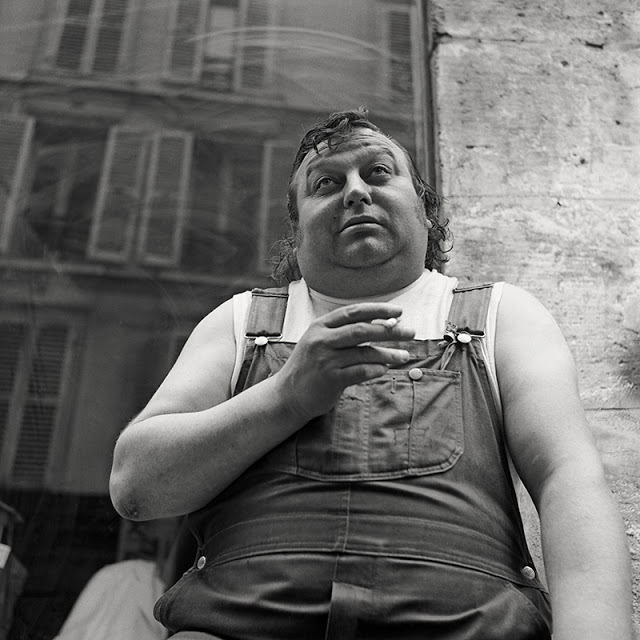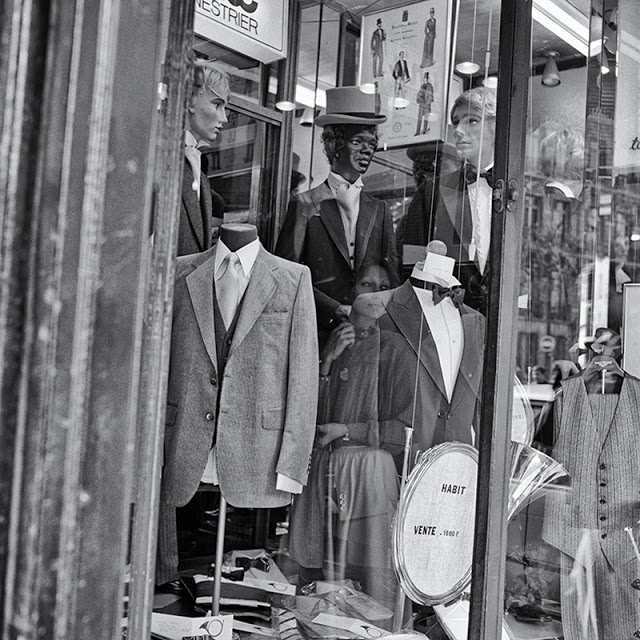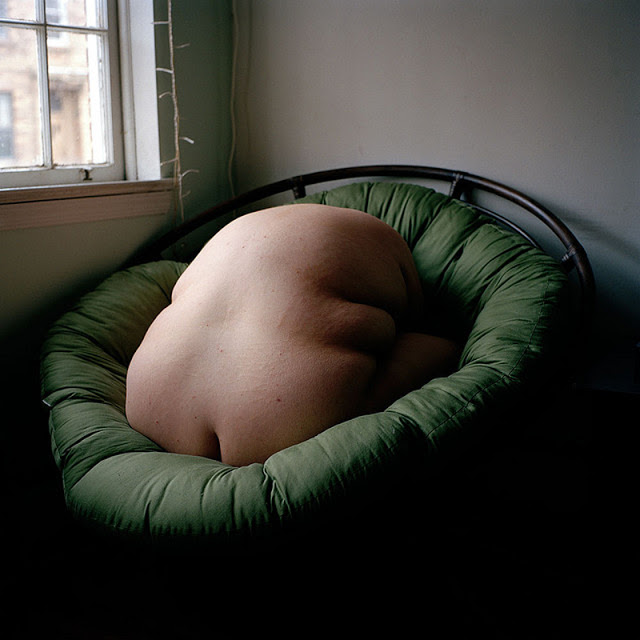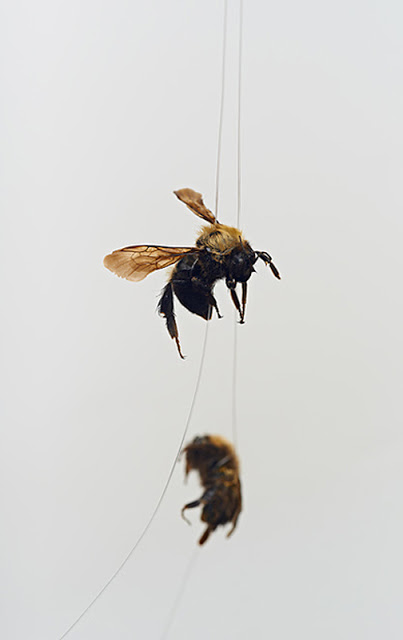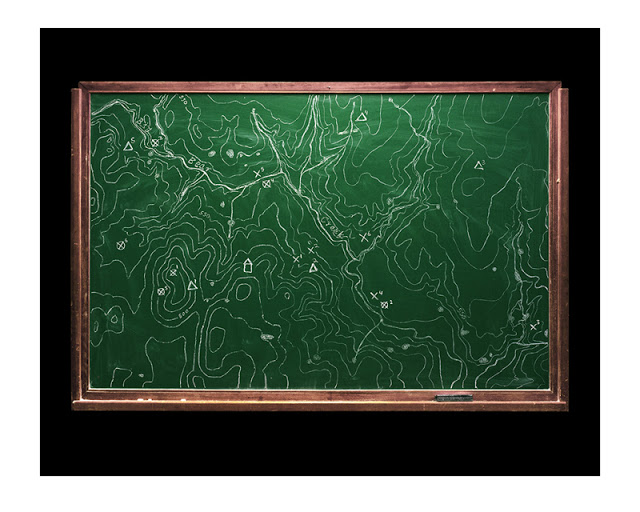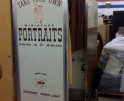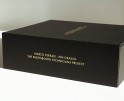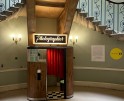Canteen Magazine’s Naked Judging: Amy Stein, Juror
New York photographer and educator, Amy Stein, was one of three participating judges in the live section of Canteen Magazine’s 2nd round of judging. Her own work has been exhibited nationally and internationally and is featured in many private and public collections such as the Philadelphia Museum of Art, the Museum of Contemporary Photography, the Nevada Museum of Art, the Nerman Museum of Contemporary Art and the George Eastman House Photography Collection. Her second book, Tall Poppy Syndrome, a collaborative project with Stacy Mehrfar published by Decode Books, was released in September 2012 and Amy just closed an exhibition at Clampart Gallery in New York of the same work. What follows is Amy’s response to the experience, and immediately following this post, we celebrate Mary Ellen Bartley’s 2nd Runner-Up Win and portfolio.
Response from Amy Stein:
The process of looking at and evaluating art for me often happens in one of two scenarios, either alone in a gallery, museum or in front of my computer; or in the classroom among a group of students who share in the conversation and critique. Never before in front of an audience on a stage with cameras rolling, elbow to elbow with other judges.
When I’ve judged photography competitions in the past I’ve done it alone, over a table or in front of a screen. The evaluation process was solitary and I had only my own thoughts, taste and prejudices to guide me.
Participating in Canteen’s Naked Judging was a very different experience. I’m not sure what I expected when Stephen Pierson, Canteen’s publisher, asked me judge this year’s competition. I’m a big fan of the magazine’s approach and philosophy and I followed its last competition closely. They seemed to be breaking new ground in offering a competition with a commitment to transparency and an emphasis on dialogue. Dialogue and transparency can be messy but I figured I’d learn something about how competitions might run and see some new work and have the chance to talk about the potential and limits of photography. All good things. I didn’t expect how the energy and opinions of the other judges, Arnold Lehman and Susan Bright, would cause me to rethink my opinions and taste and open my eyes to work that on initial viewing I had little interest in.
I’d like to comment further on two entries that still remain with me weeks after the live judging.
Additionally I want to commend the photographers who participated. It takes real guts to submit work knowing that it will be picked apart in public. I hope that their boldness paid off with substantial and actionable feedback.
Posts on Lenscratch may not be reproduced without the permission of the Lenscratch staff and the photographer.
Recommended
-
Spotlight on the Photographic Arts Council Los AngelesNovember 23rd, 2025
-
100 Years of the Photobooth: Celebrating Vintage Analog PhotoboothsNovember 12th, 2025
-
100 Years of the Photobooth: The Photobooth Technicians ProjectNovember 11th, 2025
-
100 Years of the Photobooth: Rafael Hortala-Vallve: AUTOFOTONovember 10th, 2025
-
BEYOND THE PHOTOGRAPH: Q&A WITH PHOTO EDITOR JESSIE WENDER, THE NEW YORK TIMESAugust 22nd, 2025

